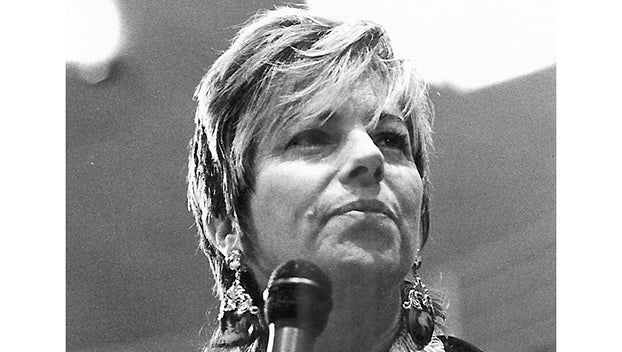AND NOW YOU KNOW — Willis Carrier invention leads to an Orange air-conditioned church
Published 12:02 am Saturday, October 1, 2022
|
Getting your Trinity Audio player ready...
|
In 1902, one year after he graduated from Cornell University, a young engineer named Willis Haviland Carrier invented an “Apparatus for Treating Air.”
A printer in a printing plant in Brooklyn, New York, was having problems with the heat and humidity causing the paper to slightly shift. This would throw off the printing process and cause misalignment of colors in color ink printing.
Carrier, a new employee of Buffalo Forge Company, earning $10 per week had solved the problem. He developed a way to control humidity while lowering temperature in a stable manner. The patent for his process was awarded in 1906.
In 1906 another engineer, Stuart H. Cramer developed a system for controlling air in textile plants with a device that added water vapor to the air. Cramer called his process “air conditioning.” Carrier adopted the term for his system as well.
Carrier was such an advanced engineer that his calculations, Rational Psychrometric Formulae, developed in 1911 are still in use by the air conditioning industry today.
Frances Ann Lutcher was in the process of building a magnificent church in Orange. When she learned of the new air conditioning system, she contacted the Buffalo Forge Company and ordered a system for the new church.
The design of the church then incorporated air conditioning. The windows were not constructed to be opened.
Construction on the church began in 1908. Orange was a small town with limited utilities. The town would not be able to produce enough electricity to power the new church with its air conditioning system.
At the rear of the church a two story power plant would be built to house the coal fired steam generator for electric power and the large air conditioning unit.
The early air conditioning systems were reciprocal, using pistons to force the air through the cooling coils and into the duct system in the church. They were also large and dangerous, using ammonia as a coolant. It was necessary to hire a Buffalo Forge engineer to live in Orange for the single purpose of operating the power plant and air conditioner.
The power plant and the church would be connected with large underground copper piping to serve as the ducts for the cool air and a set of underground conduits for electric service to the church.
The ducts came into the basement and then into the floor of the downstairs fellowship hall and into the walls to the ceiling of the sanctuary. The original duct system in the church is still in service.
The church would become the first air conditioned public building west of the Mississippi River when it was dedicated in 1912. It was one of only two or three air conditioned churches in the nation.
In 1914 the Buffalo Forge Company changed its focus and moved exclusively into construction. Carrier left and formed his own company, the Carrier Engineering Corporation, in 1915.
In 1921 Carrier developed a “centrifugal chiller” that was more efficient and smaller than the piston-driven systems. Dilene, dichloroethylene, a safer coolant fluid had been developed, making for a safer system.
It would no longer use the dangerous ammonia. In 1928 Freon was produced, making air conditioning even safer and more efficient.
There was an upgrade to the church’s system in 1928. A centrifugal system and new coolant was installed. There was another upgrade to the system in 1944.
Over the years since, there have only been basic changes and maintenance projects done to the remarkable system.
“And now you know.”
— Written by Mike Louviere





